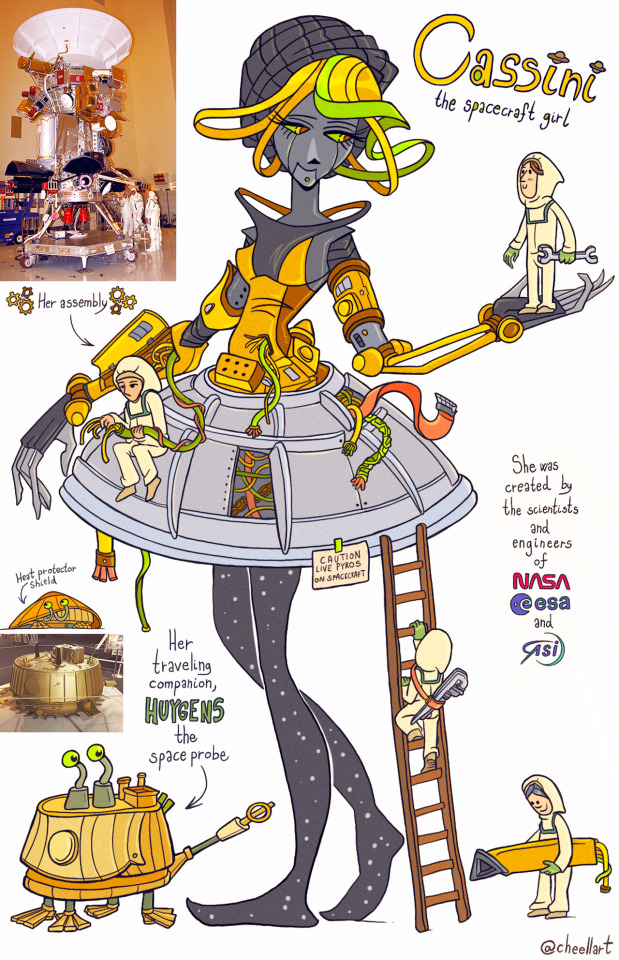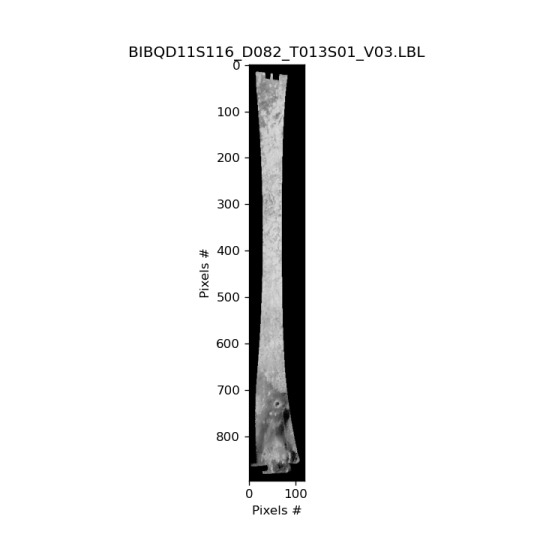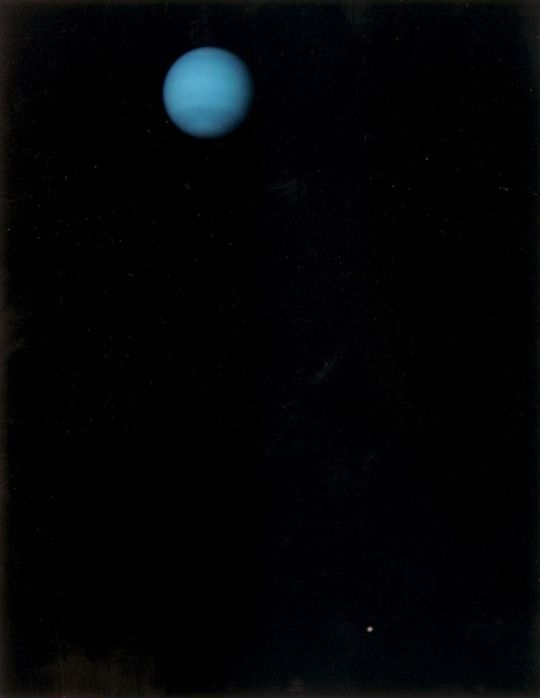#cassini huygens
Explore tagged Tumblr posts
Text





#astronomy#nasa#astronomers#universe#nasa photos#astrophotography#outer space#astrophysics#nasawebb#hubble space telescope#dark nebula#planetary nebula#nebula#orion#orion nebula#space shuttle#space travel#international space station#space exploration#space#space science#james webb space technology#james webb space telescope#cassini huygens#hubble#astronomy facts#astrography#alien planet#our universe#the universe
235 notes
·
View notes
Text



Cassini 🪐 Cassini was a sophisticated robotic spacecraft sent to study and capture the beauty of Saturn. She embarked on a great adventure and made many fascinating discoveries along her way. Until finally, with one last maneuver, she plunged into the gas giant and perished in a final, fatal embrace. She became one with her muse for an eternity. You can read more about the original Cassini’s journey here and here :)
#my art#my oc#Cassini#humanization#personification#original character#character design#character concept#cassini huygens#gijinka#space#spacecraft#astronomy#space exploration#Nasa#robots#robot#robot girl#mech#mecha#machine#ocs#oc art#oc artwork#illustration#concept art#digital art#art#artists on tumblr#cheellart
105 notes
·
View notes
Text
Destroyed satellite club

I also changed Kosmos 2251's design because this one is much easier to draw
2 notes
·
View notes
Text
Six New Named Titan Lakes!
Hot off the presses from the Gazetteer of Planetary Nomenclature (5/23/2024)
The IAU Working Group for Planetary System Nomenclature has approved the names Chapala Lacus , Robino Lacus, Fena Lacus, Dem Lacus, Tibi Lacus, and Vaca Lacus for six features on Titan. For more information, please see the Titan North Pole nomenclature map in the Gazetteer of Planetary Nomenclature
All six new named features are lakes (lacus) and are all named after lakes on Earth
Chapala Lacus: Named after a lake in Mexico
Dem Lacus: Named after a Lake in Burkina Faso
Fena Lacus: Named after a lake in Guam
Robino Lacus: Named after a lake in Haiti
Tibi Lacus: Named after a lake in the Sierra Leone
Vaca Lacus: Named after a Lake in Belize
All six lakes are visible from Cassini between 72-78 degrees latitude and 129-144 degrees longitude on Titan. The lakes are the small dark smudges:

The images above were recovered from the Cassini RADAR images taken of the spot on September 30, 2005 (T18-S01). This was done via pydar—a Python tool I help develop
Side note: it took longer than expected to get these changes up in Pydar because the web scrapper in place kept failing mysteriously. I think the folks that run the planetary data service for Cassini should sent me—me specifically—an email to tell me they were updating the website URL from “pds-imaging.jpl.nasa.gov” to “planetarydata.jpl.nasa.gov” since it broke the backend for Pydar in a very strange way and I couldn’t find any reference to the change. All fixed now but it was confusing to debug
#titan#astronomy#Pydar#Saturn#Saturn moon#research highlight#python project#python#nasa#GitHub#jpl#jet propulsion laboratory#cassini huygens#cassini
9 notes
·
View notes
Text
sometimes you think about cassini-huygens and starts contemplating what it may have thought in its last moments
was it afraid? how hard did it fight to send every last bit of information it could? how excruciating was the heat?
did it enjoy the winds in its last seconds?
4 notes
·
View notes
Text
The First and Only Photos From Titan, Saturn's Largest Moon - What Did We See?
Only one spacecraft has ever returned photographs from the surface of Titan, Saturn's mysterious gas-covered moon. Titan doesn’t make it easy though, below its clouds is a frigid surface where mountains are made of water ice frozen harder than granite.

Titan is also the only other world in the solar system where liquid flows across its landscape. But this is not water as we know it, instead, liquid methane creates vast seas, lakes and rivers. The European Space Agency's, Huygens probe is the only spacecraft to ever land on Titan, and what it observed is truly incredible. Here are the only photos we have from the surface of Titan.
0 notes
Text
When Cassini passed through an ice particle stream from one of the Enceladus geysers, it detected organic molecules as well as water. This makes the tiny moon a surprising candidate for detection of some kind of life, since three essential building blocks of life: heat, liquid water, and organic molecules, are all present. If there is life in the subsurface ocean, it would be a reasonable assumption that evidence of life could be collected on the surface, without deep drilling.
The European Space Agency is planning to LAND a space probe on Enceladus, to look for signs of life. Aerospatiale, as part of ESA, built the Huygens lander, which successfully reached the surface of Titan. But it had a free ride on Cassini. Sending a probe from Earth to Saturn, and then landing on a moon, even a small one, requires a challenging amount of delta-V. This probe would most likely be considerably smaller than the school bus sized Cassini. Perhaps the new Ariane 6 could handle the job? Or a Falcon Heavy?
#Enceladus#subsurface oceans#extraterrestial life#ESA#large delta-v#Ariane 6#Falcon Heavy#cassini huygens
0 notes
Text
The Final Images We Will Ever See of Saturn Stunned Me | Cassini Supercut
youtube
Incredible photos.
Images like this should be on the front pages! A crime for people not to know what is up there, what we have *flown by and photographed* in our solar system.
0 notes
Text




The beautiful rings of Saturn in near infrared taken by the Cassini spacecraft in 2014. 🪐
📷: NASA / Maksim Kakitsev
—
Cassini–Huygens, commonly called Cassini, was a space-research mission by NASA, the European Space Agency (ESA), and the Italian Space Agency (ASI) to send a space probe to study the planet Saturn and its system, including its rings and natural satellites.
The Flagship-class robotic spacecraft comprised both NASA's Cassini space probe and ESA's Huygens lander, which landed on Saturn's largest moon, Titan.
Cassini was the fourth space probe to visit Saturn and the first to enter its orbit, where it stayed from 2004 to 2017.
The two craft took their names from the astronomers Giovanni Cassini (1625-1712) and Christiaan Huygens (1629-1695).
#Saturn#saturn rings#planet#space#universe#Cassini#Cassini spacecraft#spacecraft#Cassini–Huygens#NASA#ESA#ASI#space probe#astronomy
174 notes
·
View notes
Text

Cassini space probe gijinka!
#cassini#cassini-huygens#artists on tumblr#my art#gijinka#digital art#space#personification#nasa#character design#oc
37 notes
·
View notes
Text
"Humans will bond with literally anything, ANYTHING."
4 notes
·
View notes
Text
NASA’s Cassini spacecraft is about 238,000 above Saturn, look at those raw images! Still amazing looking at it today!








#saturn planet#planet saturn#saturns rings#saturn#astronomy#nasa#astronomers#universe#nasa photos#astrophotography#astrophysics#outer space#nasawebb#hubble space telescope#space travel#international space station#nasa cassi#cassini huygens#telescope#i love astronomy#astronomy facts#nasa science#nasa jpl#nasa picture of the day#planetary science#solar system#our universe#spacecraft#space science#space exploration
269 notes
·
View notes
Video
A cosmic hurricane by European Space Agency Via Flickr: The giant planet Saturn is mostly a gigantic ball of rotating gas, completely unlike our solid home planet. But Earth and Saturn do have something in common: weather, although the gas giant is home to some of the most bizarre weather in our Solar System, such as the swirling storm shown in this Cassini view. Known as “the hexagon”, this weather feature is an intense, six-sided jet stream at Saturn’s north pole. Spanning some 30 000 km across, it hosts howling 320 km/h winds that spiral around a massive storm rotating anticlockwise at the heart of the region. Numerous small vortices rotate in the opposite direction to the central storm and are dragged around with the jet stream, creating a terrifically turbulent region. While a hurricane on Earth may last a week or more, the hexagon has been raging for decades, and shows no signs of letting up. This false-colour image of the hexagon was made using ultraviolet, visible and infrared filters to highlight different regions. The dark centre of the image shows the large central storm and its eye, which is up to 50 times bigger than a terrestrial hurricane eye. The small vortices show up as pink-red clumps. Towards the lower right of the frame is a white-tinted oval storm that is bigger than any of the others — this is the largest of the vortices at some 3500 km across, twice the size of the largest hurricane ever recorded on Earth. The darker blue region within the hexagon is filled with small haze particles, whereas the paler blue region is dominated by larger particles. This divide is caused by the hexagonal jet stream acting as a shepherding barrier — large particles cannot enter the hexagon from the outside. These large particles are created when sunlight shines onto Saturn’s atmosphere, something that only started relatively recently in the northern hemisphere with the beginning of northern spring in August 2009. Cassini will continue to track changes in the hexagon, monitoring its contents, shape and behaviour as summer reaches Saturn’s northern hemisphere in 2017. The Cassini–Huygens mission is a cooperative project of NASA, ESA and Italy's ASI space agency. An animated version is available here: www.jpl.nasa.gov/spaceimages/details.php?id=PIA17652 Credit: NASA/JPL-Caltech/SSI/Hampton University
0 notes
Link
Venture into the unknown with SpaceTime Series 27 Episode 50, as we embark on an interplanetary adventure that transcends the boundaries of our earthly skies. NASA confirms its bold mission to dispatch a pioneering rotocopter to the enigmatic Saturnian moon, Titan. The Dragonfly mission is set to soar through Titan's dense atmosphere, exploring its organically rich landscapes in search of prebiotic chemical processes that mirror the early Earth. With a launch date set for July 2028 and a budget of $3.35 billion, Dragonfly promises to revolutionize our understanding of this distant, methane-drenched world. As we bid a heartfelt farewell to the Mars Ingenuity helicopter, we celebrate its unprecedented achievements on the Red Planet. Despite a hard landing ending its aerial escapades, Ingenuity's legacy endures as it transitions to a stationary science platform, continuing to collect invaluable data for future Martian exploration. Amidst escalating global tensions, South Korea asserts its space prowess with the launch of a new spy satellite, keeping a vigilant eye on its northern neighbor. This strategic move marks a significant step in the intensifying space race on the Korean Peninsula, as nations jockey for celestial dominance and surveillance capabilities. Join us as we also delve into the Science Report, confronting the harsh realities of climate change with another bleaching event on the Great Barrier Reef and examining the global hotspots of cybercrime. Plus, we'll explore the latest in technology, from AI-enhanced chips to the ongoing evolution of smartphone supremacy. For the full cosmic journey, visit our website at https://spacetimewithstuartgary.com and support the show at https://www.spreaker.com/show/spacetime. Discover the universe's wonders with us on SpaceTime. This week's episode is brought to you by NordPass. Navigate the digital universe with confidence using a password manager you can trust. Secure your cosmic exploration at www.bitesz.com/nordpass. Listen to SpaceTime on your favorite podcast app and follow us on Twitter @stuartgary, Instagram, YouTube, and Facebook. Become a supporter of this podcast: https://www.spreaker.com/podcast/spacetime-with-stuart-gary--2458531/support. This episode is brought to you with the support of NordPass....the password manger we use and the one need to have in your life to make onlne easier. Check out our great offer by visiting www.bitesz.com/nordpass
#atmosphere#cassini-huygens#dragonfly#exploration#helicopter#ingenuity#korea#mars#mission#moons#nasa#north#prebiotic#satellite#saturn's#saturnian#south#spy#surveillance#titan
0 notes
Text
New (Named) Crater on Saturn's Moon Titan!
Ihi Crater
The crater has been there for a while, but an official name has just been adopted on March 21, 2024 by the IAU. The crater is named Ihi, after a Tahitian goddess of wisdom and learning
The crater is located between -7.40° to -8.29° latitude and 164.75° and 165.46° longitude on the moon's surface

Image: Source


The images above were recovered from the Cassini RADAR images taken of the spot on April 30, 2006 (T13-S01). This was done via pydar—a Python tool I help develop
#titan#saturn#saturn moon#astronomy#research highlight#pydar#python project#python#nasa#github#ihi#jpl#esa#isa#jet propulsion laboratory#Cassini-Huygens
2 notes
·
View notes
Text
Imagen de Neptuno y Tritón tomada por la nave espacial Cassini de la NASA
La imagen fue tomada por la cámara de gran angular de la nave espacial Cassini, que tiene una resolución de 16 píxeles por milímetro. La imagen muestra Neptuno como un disco azul verdoso con una gran mancha oscura en su atmósfera. Tritón aparece como un disco blanco con una superficie accidentada. Neptuno y su luna más grande, Tritón, tomada por la nave espacial Cassini de la NASA en 1997. Fue…

View On WordPress
#atmosfera planetaria#Cassini-Huygens#Ciencias del espacio#Nave espacial#Neptuno#Sistema solar#Tritón
1 note
·
View note